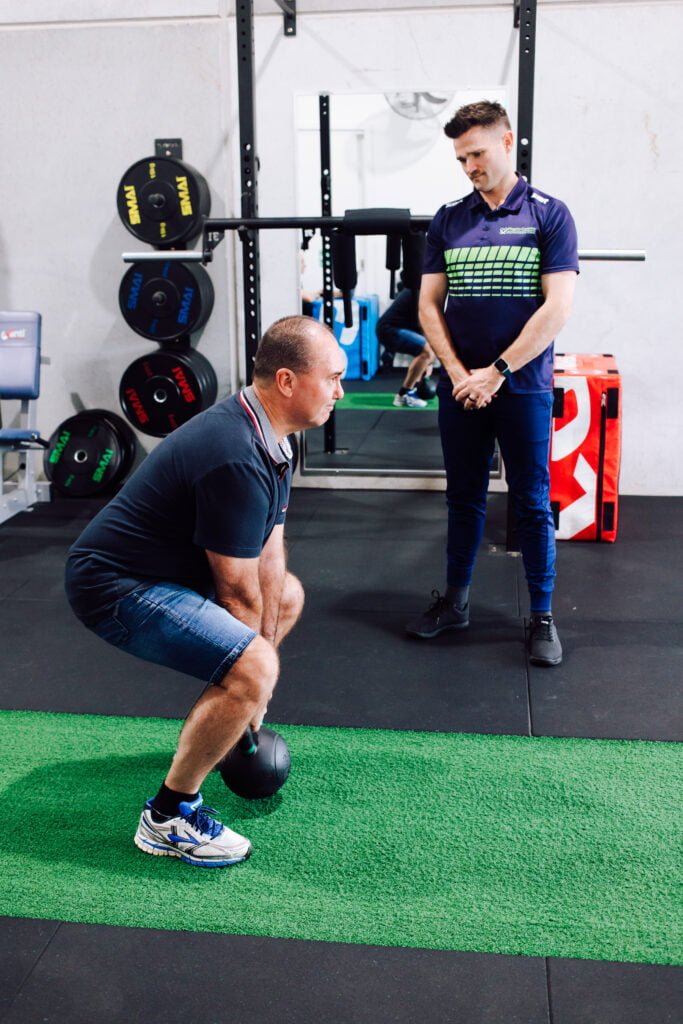World Asthma Day is on Tuesday May 7th this year, and the Global Initiative for Asthma (GINA) has selected the theme of “Asthma Education Empowers”. GINA wants to highlight the need to empower people with the appropriate education to increase self-management of their disease, and also to recognise when to seek medical help.
Asthma is a chronic lung condition which is caused by narrowing of the airways when they become inflamed. Common symptoms experienced include: coughing, wheezing, shortness of breath, chest tightness and fatigue due to the widespread narrowing of the airways. The true cause is not fully understood but our environment (weather, exposure to pollutants and allergens) and our genetics play a big part; other health risk factors include obesity, being insufficiently active, and smoking.
Some quick stats from the Australian Institute of Health and Welfare (AIHW) about asthma’s impact:
- An estimated 2.7 million (11%) people in Australia reported having asthma in 2017–18.
- In 2020–21, people with asthma had higher rates of ‘fair’ to ‘poor’ health (23%) and ‘high’ to ‘very high’ psychological distress (30%) compared with those without the condition.
- Asthma accounted for 2.5% of total disease burden and 35% of the total burden of disease for all respiratory conditions in 2023.
For asthmatics, the thought of getting your heart and breathing rate up might seem like a bad idea but the benefits of exercise definitely outweigh the cons. By using appropriately dosed and timed pre-exercise medication as part of their Asthma Action Plan, most asthmatics are able to participate in physical activity (except scuba diving) at the same intensity as others. It is important to try and reduce exposure or evade environmental triggers whenever able. An Asthma Action Plan is a written list of instructions developed individually outlining specific medication requirements, procedures for recognising worsening symptoms, and what to do in the event of a serious asthma attack.
Whilst asthma is managed primarily through pharmacological means, exercise is an important adjunct to this treatment. Some benefits of exercise include: improved aerobic fitness and muscle strength, increased control of symptoms and a reduced need for medication. Importantly, staying active reduce chances of a hospital admission. Furthermore, a specific benefit of an individualised exercise intervention is it allows asthmatics to exercise with less negative symptoms at the same exercise stress, due to an increased VO2max.
With the use of pre-exercise medication, people with asthma should feel safe to aim to meet the national recommendations for physical activity (in a week accumulate 150 minutes of moderate intensity physical activity). Whilst this may seem like a lot if you are just starting out, it can be an attainable goal and if appropriate start with small doses (10 minutes) and safely progress. Every exercise session should begin with a warm up; along with a slow build-up of intensity in the aerobic session itself. Swimming has been found to be popular and beneficial for asthmatics, due to the reduced likelihood of an asthma attack.
Unfortunately, there is also a risk that comes with not exercising; being inactive can cause deconditioning, increased breathlessness and more inactivity – which is a draining cycle but it can be broken. Here at Physio Connex we can help you break this cycle. Our Exercise Physiologists (EPs) are university trained professionals who have the skills and knowledge to design safe and effective exercise programs for people living with asthma. Our EPs will work with you through evidence-based pre-screening and relevant fitness testing in order to get an understanding of the health conditions you are living with; this will assist them prescribe an individualised exercise program based on your symptoms and needs. They will then provide education and guidance in our onsite functional rehab gym on how to perform these exercises safely and effectively in order to ensure the best possible outcome for you.
If you want to exercise or know someone who does but aren’t sure how to get started, please book an appointment with one of our Accredited EPs today. They can help show you how to exercise with asthma, so you can start enjoying the benefits.
References and further reading:
Australia: https://asthma.org.au/get-involved/events/world-asthma-day/
Global: https://ginasthma.org/world-asthma-day-2024/
Exercise Right fact sheet – Lung conditions
ESSA – consensus statement: Exercise and asthma
https://www.aihw.gov.au/reports/chronic-respiratory-conditions/asthma

